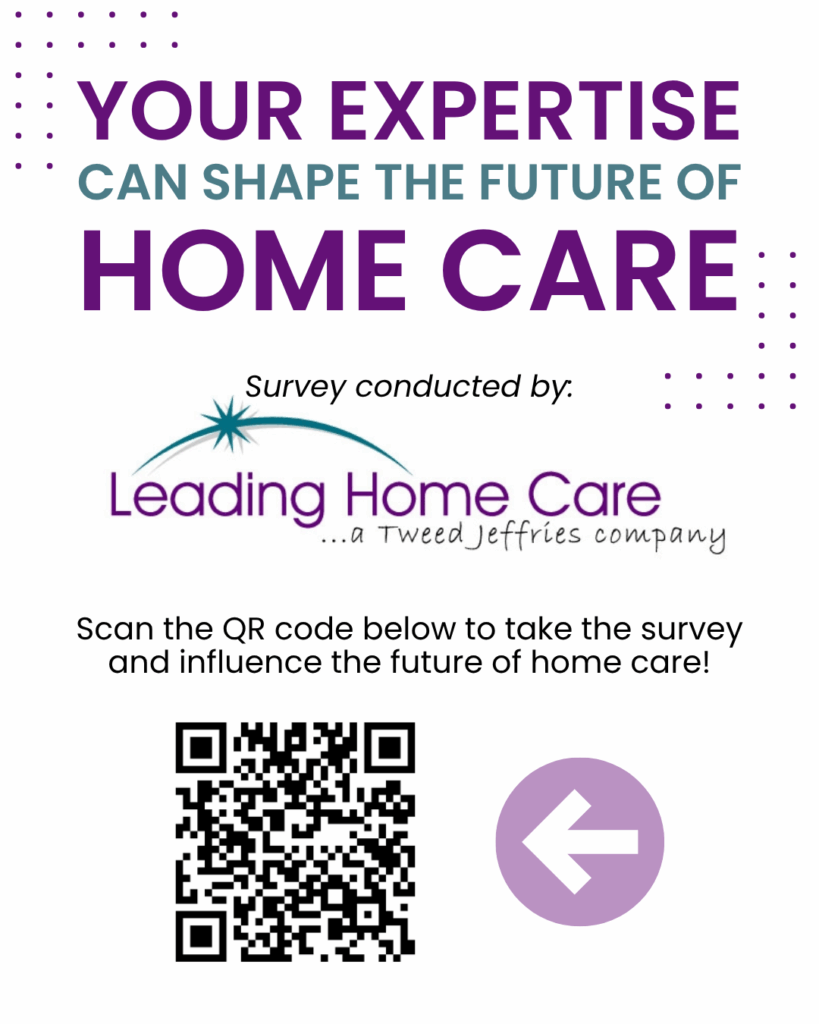Several large, for-profit home-health-services companies are considering joining forces to found a new lobbying entity after their trade association decided to stop representing them. Some of these firms may create a coalition separate from the industry’s leading trade association, an executive at one of the companies said.
Todd Brason, president and CEO of Buffalo, N.Y.-based WillCare, said that his company and others have talked about forming a coalition to represent their interests. But he emphasized that they are not contemplating founding a new trade association.
“We’ve had some conversations” in recent weeks, Brason said, adding the companies have not taken any formal steps to create an alliance. WillCare and other firms are weighing their options in response to the February decision by the American Association for Homecare (AAHomecare) to focus on the home-oxygen suppliers and other durable-medical-equipment companies that make up the bulk of its membership.
This change in strategy left out the group’s home-health members. Oxygen-supply companies had been agitating for a stronger lobbying presence, which instigated the shift at AAHomecare. In 2006, 11 members of the association formed a coalition called the Council for Quality Respiratory Care to advocate for their sector, which has been targeted for spending cuts under Medicare. The oxygen industry’s approach could serve as a model for large, for-profit home-health companies, Brason said.
Meanwhile, the National Association for Home Care and Hospice (NAHC), the main trade group for the home-health industry, may not benefit from the void created by the changes at AAHomecare. Brason said he was “kind of in the middle stage of considering NAHC.” But he emphasized that WillCare and other companies have concerns about the association’s priorities and its approach to lobbying.
NAHC “rides the fence a little bit,” Brason said, because its diverse membership includes both for-profit and not-for-profit companies and ranges from small businesses to large, publicly traded firms.
The NAHC is also not as aggressive in promoting the industry’s agenda as some companies would like, Brason said. “We feel it’s necessary to be more proactive than reactive,” Brason said, adding, “It’s time to move the industry up the food chain, so to speak.”
The chief executive of another large, for-profit home-health company agreed that the NAHC’s focus on the needs of smaller home-health agencies has led bigger firms to consider embarking on their own venture but expressed satisfaction with the existing association. “I think NAHC does a good job,” said David Geller, president and CEO of King of Prussia, Pa.-based Home Health Corporation of America. Home Health Corp. is an NAHC member.
The NAHC has concentrated on fighting proposed freezes or cuts in Medicare payments to home-health providers. But Brason indicated that other issues have become more important to his company. Specifically, firms such as WillCare are trying to adjust to the increasing role of private managed-care health-insurance companies in both the Medicare and Medicaid programs.“That’s our biggest headache right now,” he said.
——————-
What’s your take on this issue? Do you feel well represented in Washington by NAHC? What are the issues you feel need to be addresses?
What’s your take on AAHomecare? Are you a member? If so, how come? If not, why not?



